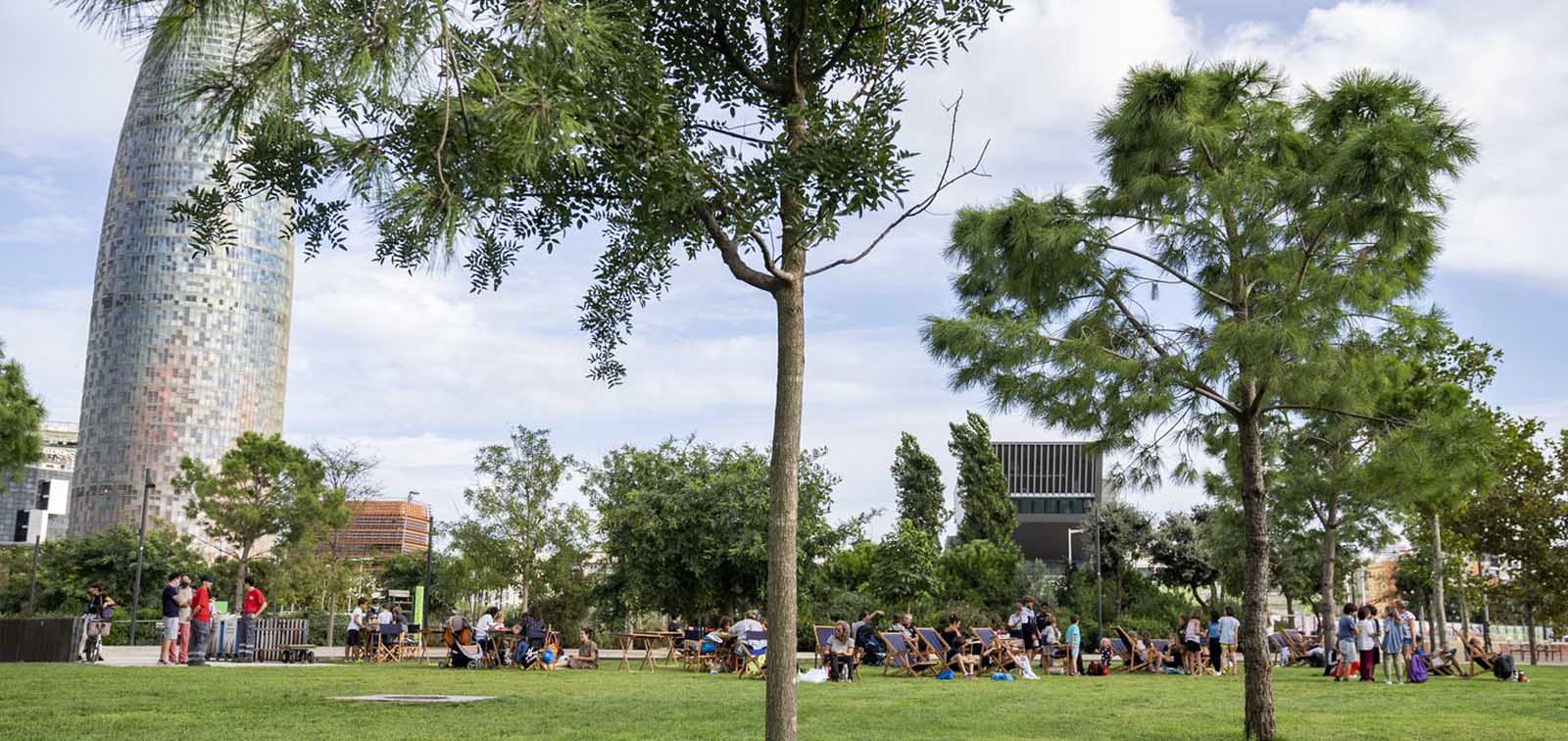The Low Emission Zone (LEZ) is a Necessary Measure to Reduce Air Pollution and Protect Our Health
ISGlobal's Urban Planning, Environment and Health Initiative's position following the annulment of the Barcelona LEZ
23.03.2022
In view of the recent court ruling that annuls the Low Emission Zone (LEZ) of Barcelona, the scientific professionals of ISGlobal's Urban Planning, Environment and Health Initiative draw attention to why an LEZ is a necessary measure to combat the poor air quality suffered by the Metropolitan Area of Barcelona and, moreover, is beneficial to fight against social inequalities.
Poor air quality is a chronic problem in our cities and, in particular, in the city of Barcelona. Over more than a decade we have published various studies documenting the health consequences of poor air quality, including estimates of the the impact of air pollution on health: in Barcelona there are more than 500 premature deaths , more than 2,000 cases of severe illness and more than 1,000 cases of childhood asthma every year. Unlike decades ago, we now know that improving air quality increases life expectancy, improves the development of several growing organs in the body, such as the lung, and reduces the prevalence of cardiorespiratory diseases, as well as cases of certain types of cancer. And we also know that there is no level of pollution below which there is no effect on people. So, from this point of view, this is not just a matter of improving air quality: it is a human health emergency.
Secondly, there is evidence that humans are not the only animal species affected by outdoor air pollution. And above all, earth sciences have shown that air pollution is one of the planet's physico-chemical systems that are at risk of exceeding the emergency threshold, the point of no return. Combating poor air quality is therefore also a planetary health emergency. Carbon dioxide (CO2 ) and other pollutants emitted by motor vehicles such as black carbon particles contribute to global warming. And, unfortunately, transport is the sector that generates the largest share of CO2 emissions in Spain.
Why are Low Emission Zones (LEZs) a good strategy to improve air quality?
LEZs are a common measure in Europe
The efficiency and effectiveness of LEZs have been proven for more than ten years in many cities, especially in terms of reducing NO2 levels, which is mainly caused by motorised traffic. LEZs are now widespread across European cities. In the case of the Barcelona Metropolitan Area's ZBE, its effectiveness is still difficult to measure due to the short time since its implementation, the effects of the pandemic and the delay in applying it to goods vehicles, which are the main contributors to pollution. Some initial indications, such as changes in the vehicle fleet (with lower emissions) suggest that the LEZ may have contributed to a reduction in air pollution levels. However, it should be stressed that the effectiveness of this measure depends on the local context and the way it is implemented.
Community interventions are necessary
The LEZ should not be seen as a single measure, but as a framework that allows for the inclusion of multiple measures that can be adapted to changing knowledge and circumstances. Thus, in the case of London, where the LEZ was introduced in 2008, there have been continuous changes in the degrees of limitation and corresponding perimeters, including a gradient of action from tolling to zero emission zones such as around schools.
The LEZ does not generate social inequalities
The evidence that we and other research teams have seen is that the benefits of improved air quality are universal, regardless of age, social class or health status. It is true that the benefit may be greater at the extremes of life, in people with poorer health or in people with greater social disadvantage. Socioeconomically deprived groups are in fact likely to benefit the most from the LEZ and similar measures to reduce air pollution in our cities. Reducing exposure to air pollution is an effective way to reduce existing health inequalities.
A study published in 2021 showed that, although exposure to air pollution was not necessarily higher in the most deprived areas of Barcelona, mortality attributable to PM2.5 was (22%) higher compared to the least deprived areas. This is largely explained by the higher mortality rate among individuals living in the most deprived areas, which air pollution amplifies.
The relationship between costs and benefits
ISGlobal has produced several cost-benefit analyses that indicate that the benefits of improving air quality far outweigh the costs. This is consistent with World Bank estimates from 2015, putting the direct costs of air pollution at trillions of dollars . One such study estimated that meeting international health recommendations for air quality, physical activity, access to green space and temperature would save the city of Barcelona €9.3 billion.
The expansion of public and active transport infrastructure, which should accompany the ZBE, has the potential for a triple benefit in terms of reduced greenhouse gas emissions, improved health through reduced air pollution and increased physical activity, and transport affordability. Private car ownership is costly and accounts for a significant share of the income of low-income households. The true costs of car ownership , both for car owners and society, are often underestimated by motorists, policy makers and planners.
A battery of measures
If our scientific work has taught us anything, it is that there is no single solution to the air pollution problem. Beyond changes in citizens' habits, multiple measures are also needed at the urban planning and mobility policy level, including the promotion of public transport at the supra-municipal level.
The changes needed to reduce pollution levels are far-reaching and disruptive to the status quo. Although administrations must try to facilitate adaptation to the new model as much as possible, it will be necessary to modify mobility if we really want to achieve the objective of cleaner air. These changes will require adaptation, but we know that the most ambitious measures are also the ones with the clearest results.
We therefore reiterate that improving air quality is one of the best strategies we have to protect human health and the health of the planet. We consider the LEZ to be a useful step towards that goal.
ISGlobal's Urban Planning, Environment and Health Initiative
Jordi Sunyer, Xavier Basagaña, Cathryn Tonne, Mark Nieuwenhuijsen, Mireia Gascon, Natalie Mueller, Ioar Rivas, Manolis Kogevinas, Carolyn Daher, Ariadna Curto, Silvia Borràs and Mònica Ubalde.









